2025-01-14 | ***Reading Time: 33 minutes***
Landscape photography during winter is one of my favorites. Even an everyday location can be transformed entirely when in example is covered with snow. But it is not only snow, especially on our time where the consequences of climate change are affecting almost all countries on earth.
The usually heavy weather of winter can create some dramatic looking skies as well as very inspiring and epic light.
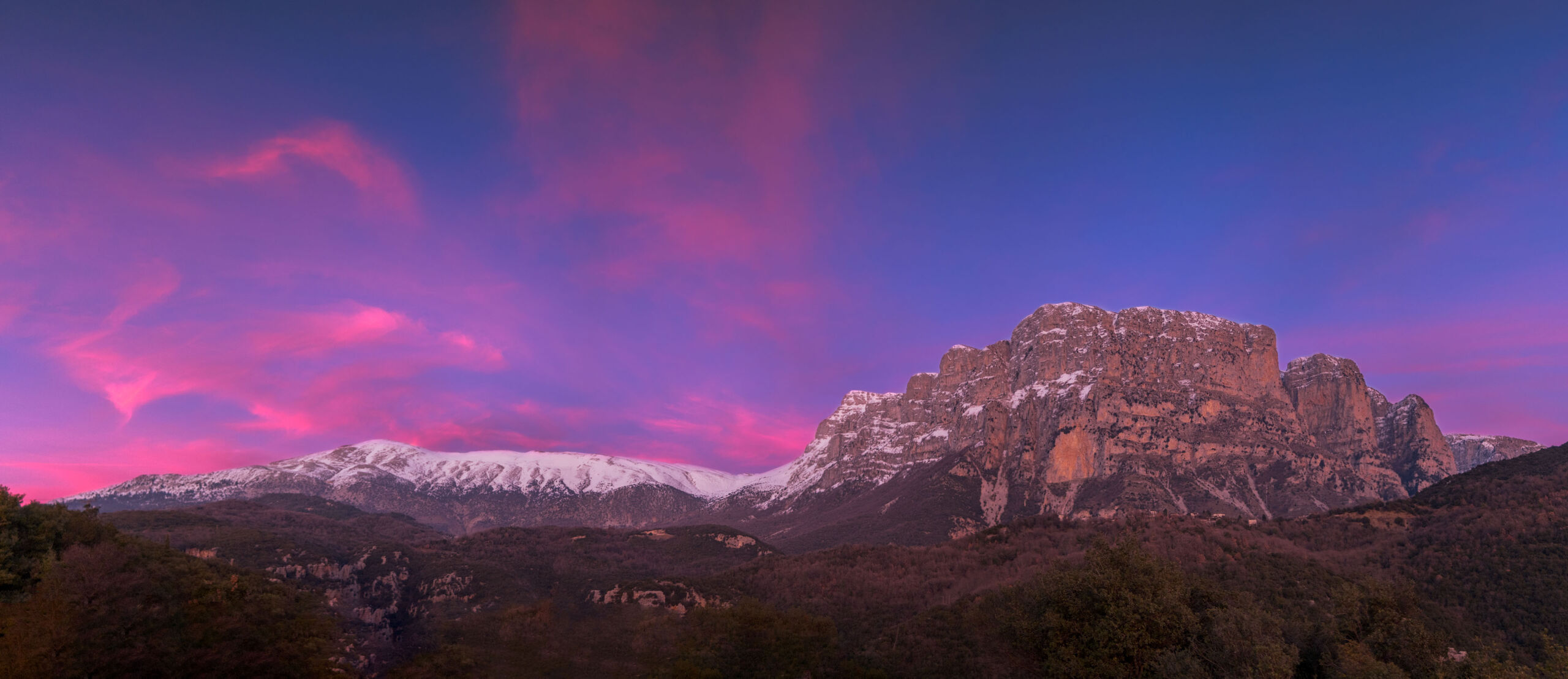
23mm | F1.4 | 1/100s | ISO 160 – HOYA HD SQ100 IRND16 (1.2) GRAD-S
Tokina atx-m 23mm F1.4 X | Fujifilm X-H2s
Winter light however can be very harsh and intense sometimes, especially in sceneries where the white of snow is dominating the scene, often resulting in not properly exposed images.
How a landscape photographer can control and manipulate the natural light?
The answer is with the use of camera lens filters.

What Are (Lens) Filters?
Lens filters are helpful tools that give the ability to the photographer to control and manipulate available light, create in-camera effects, remove reflections and enhance colors.
To find more about filters, I’ve written a complete guide to camera lens filters on Petapixel, feel free to check it if you have any questions about a specific type.
For me personally, lens filters are an important part of my gear and shooting workflow, and I can say that in almost all my work, at least one filter have been used.
I can understand those that are not familiar with filters, or simply don’t want to use them, however if you want to create a good landscape image directly on camera, I think that it is required to use filters.
But that is my philosophy, and this is the way that I have learned and practiced landscape photography from the very first day.
I use both regular (circular) screw-on type filters as well as square type filters, depending on the location I’m travelling and the amount of gear that I can carry.

Disclaimer
In this article there are many BTS stills showing each mentioned filter along with a sample landscape image from the field.
These filters are from HOYA in which I’m a global ambassador since 2017. The same applies for the Tokina lenses that can also be seen in the shots.
However, this is not a sponsored or paid article, I’m simply showing these filters & lenses because as an ambassador I exclusively use only Tokina lenses and HOYA filters for all my work.
4 Recommended Filters for Winter Landscape Photography
+1 for Astrophotography:
1.Circular Polarizing Filter (CPL)
The CPL filter is the most useful and common filter amongst photographers, and a must have no matter what genre of photography (or videography) you prefer. It is currently the only filter not able to be reproduced digitally in post processing, although I’m sure that AI will soon mimic its effect somehow.
In winter landscape photography, the CPL filter helps to reduce glare and reflections from snowy or icy environments. It also adds overall more contrast to the scene, in example in surrounding elements like trees or rocks. If the sky is clear or partially clear (from clouds) in the frame, CPL also enhances the blue tones in the sky, creating more beautiful rendered scenes.

HOYA HD nano Mkii CIR-PL Filter
Read the review
2.Neutral Density Filter (ND)
The second most common filter for photographers, and one that also can be used in all genres and not only in landscape photography.
It is an essential tool for the landscape photographer, as ND filter reduces the amount of incoming light entering the camera sensor through the lens, in order to select exposure combinations that would otherwise result in overexposed images. With this filter the landscape photographer can achieve longer exposure times during daytime, and also can capture smooth motion blur in moving elements, like clouds or water.
3.Graduated Neutral Density Filter (GND)
The GND filter is quite possibly one of the most useful filters in landscape photography, yet one that is also very misunderstood by most users.
It is very useful in scenarios where the frame contains a large part of the sky, as it balances smoothly and directly in-camera (in one single shot) the exposure between the bright sky and the (usually) darker foreground.
Specifically in winter landscape sceneries, it can prevent overexposed skies while retaining at the same time all the details in snowy or icy foregrounds.
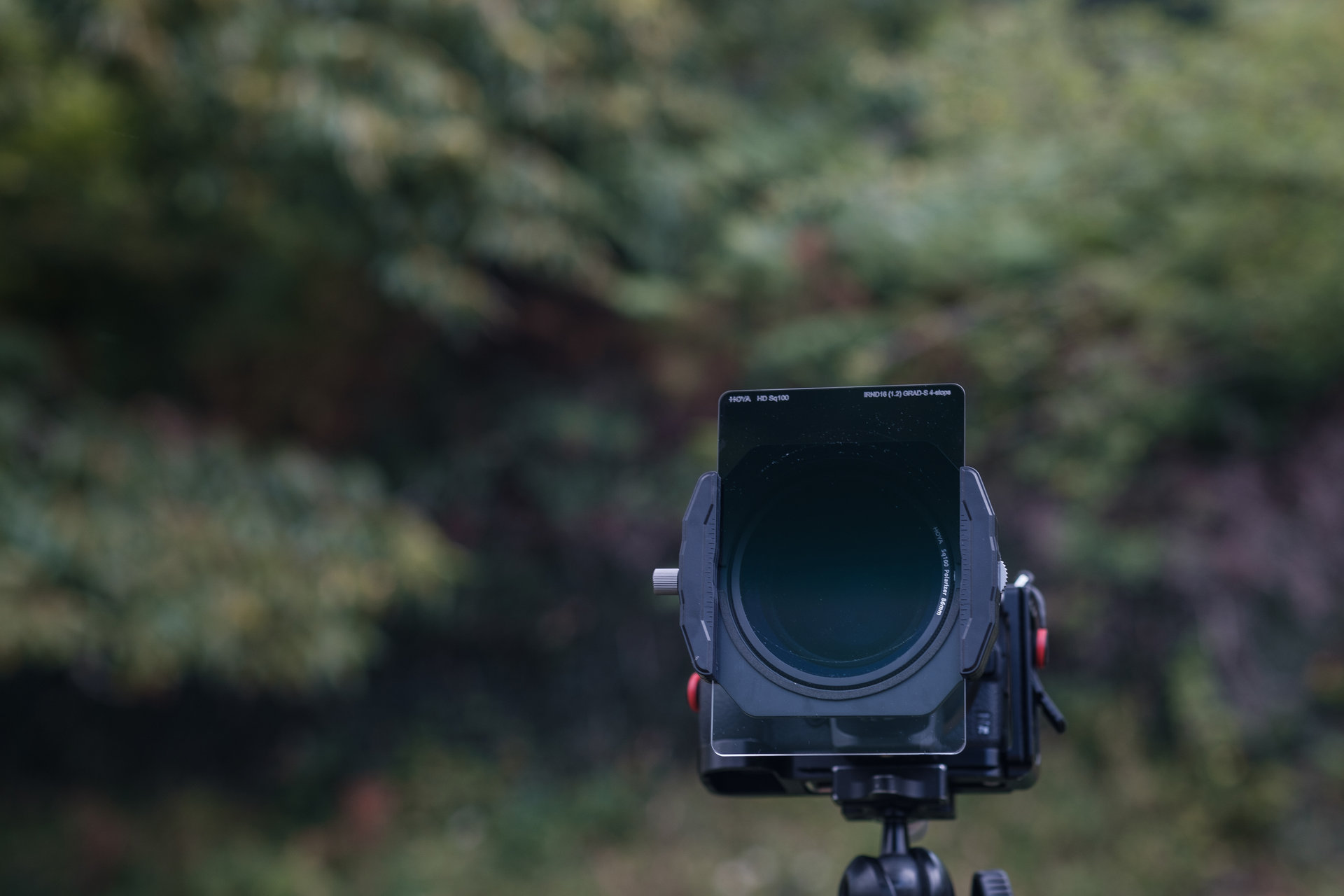
HOYA Sq100 IRND8 Grad-S
Read the Review
4.Mist/Diffusion Filter
A mist or diffusion filter can help by adding a subtle softening to the captured images, creating a more dreamy and more ethereal atmosphere in the overall scene. In winter, where quite often natural fog can occur in the environment, it can enhance the scene even more creating a beautiful looking image. However, during sunrise and sunset is where the filter can do wonders, as it softens the already soft and magical light of the sun, resulting in amazing images.
+1.Light Pollution Filter (for Astrophotography)
Although during winter the Milky Way galaxy core is not visible (or it is visible very early in the morning and for a small amount of time), there are plenty of other night sky objects to capture. A light pollution filter will reduce the impact of light pollution coming from artificial light, while at the same time will increase overall contrast. Additionally, it will also increase the saturation of magenta tones, enhancing the overall image.
Extra Tip: You can combine both a Light Pollution Filter and a Mist/Diffusion filter and get results like the image below.
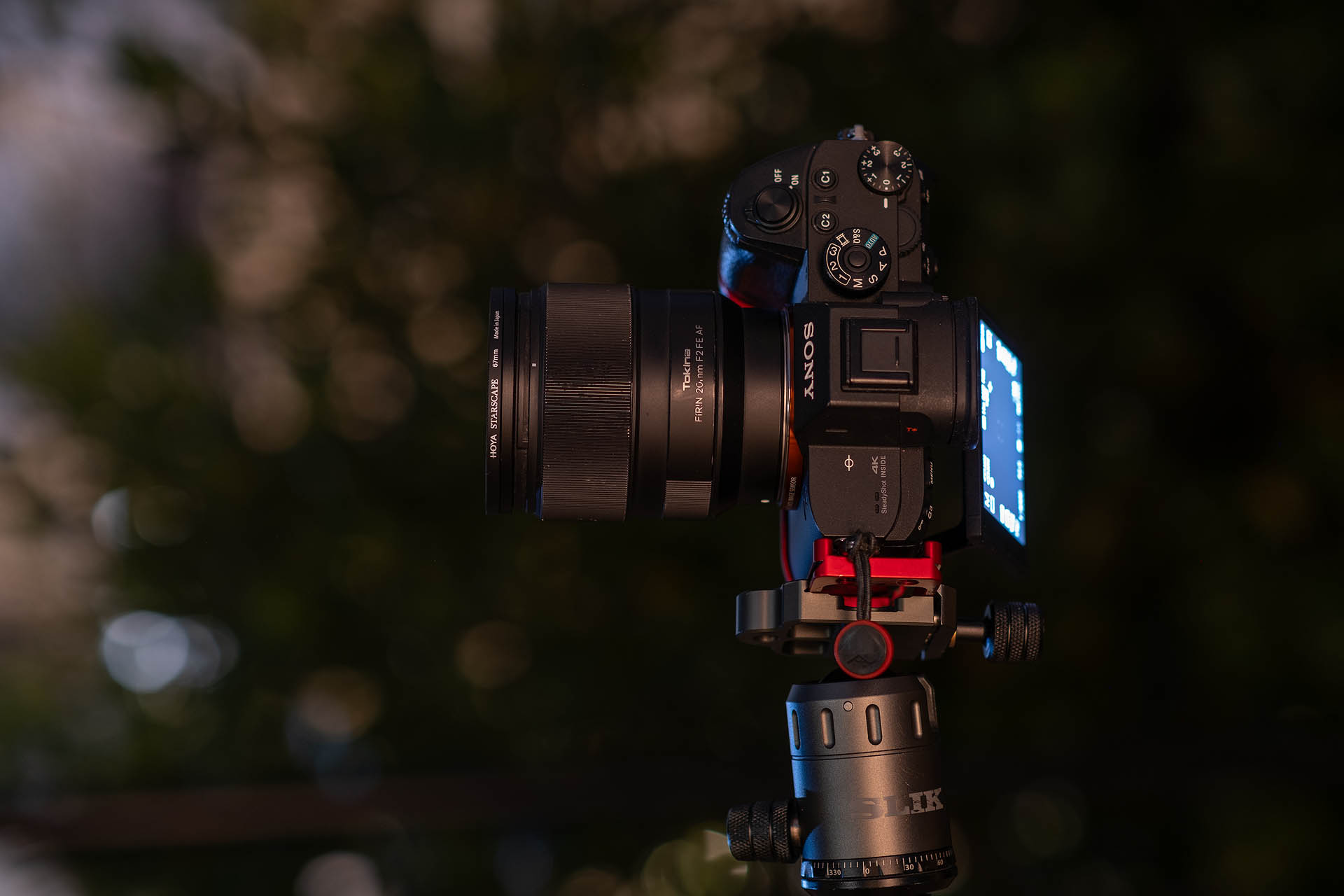
HOYA Starscape
Read the Review
Outro
No matter how good are today’s cameras in terms of dynamic range and with RAW files with plenty amount of data to work with in post-processing, actual camera lens filters are still a must-have tool for photographers and each one of use should have those filters in the camera bag.
Personally I prefer to capture, if possible, directly in camera the image that I want instead of spending hours in front of the screen. And in order to do so, I use my favorite filters to achieve the result I want.
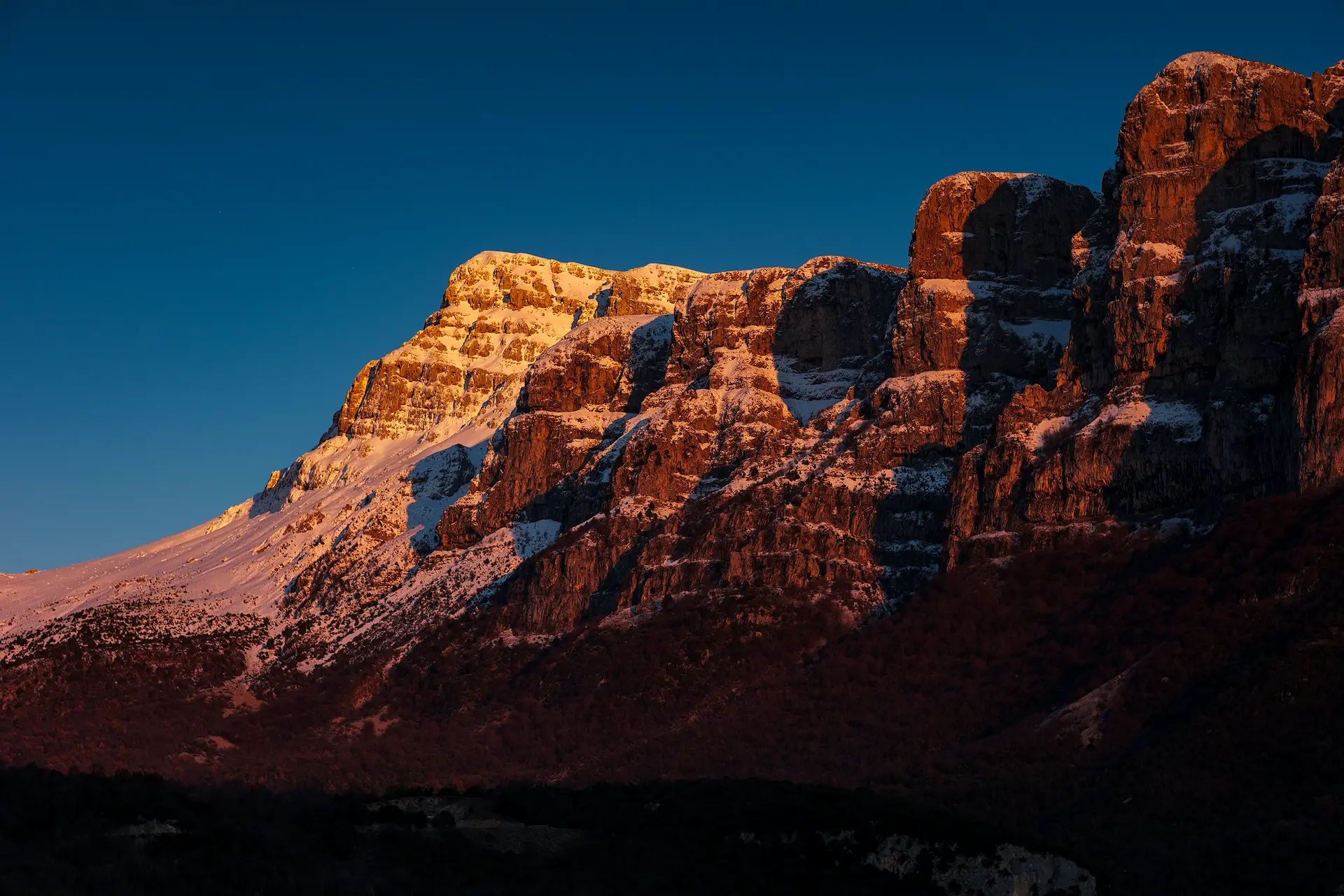
56mm | F4 | 20sec | ISO 160 – HOYA Sq100 IRND1000 + IRND8 Grad-S + CPL
Tokina atx-m 56mm F1.4 X | Fujifilm X-H2s
Have you watched my award-winning short film “Into The Mountains” which was shot in the mountains of Epirus, Greece during winter?

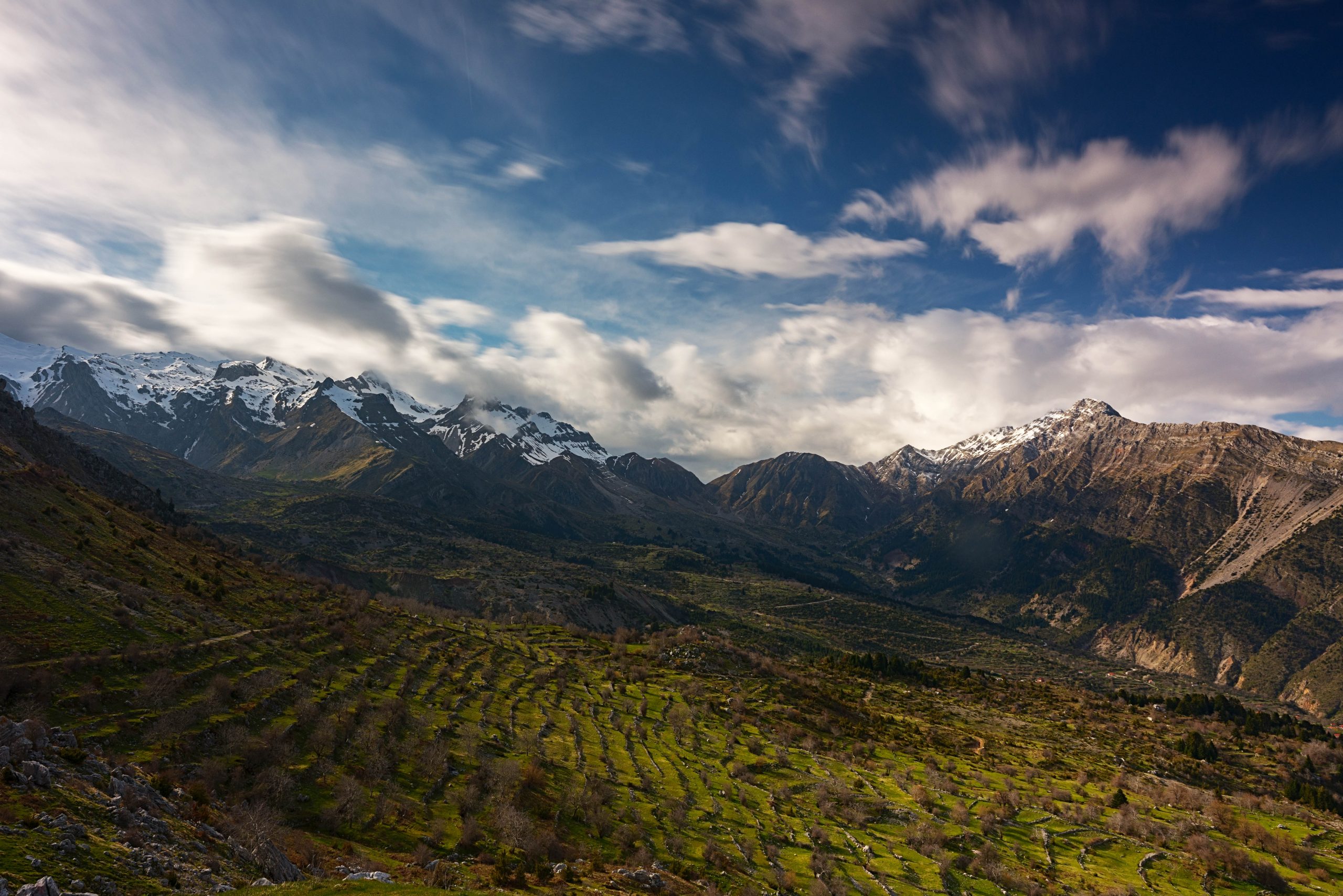
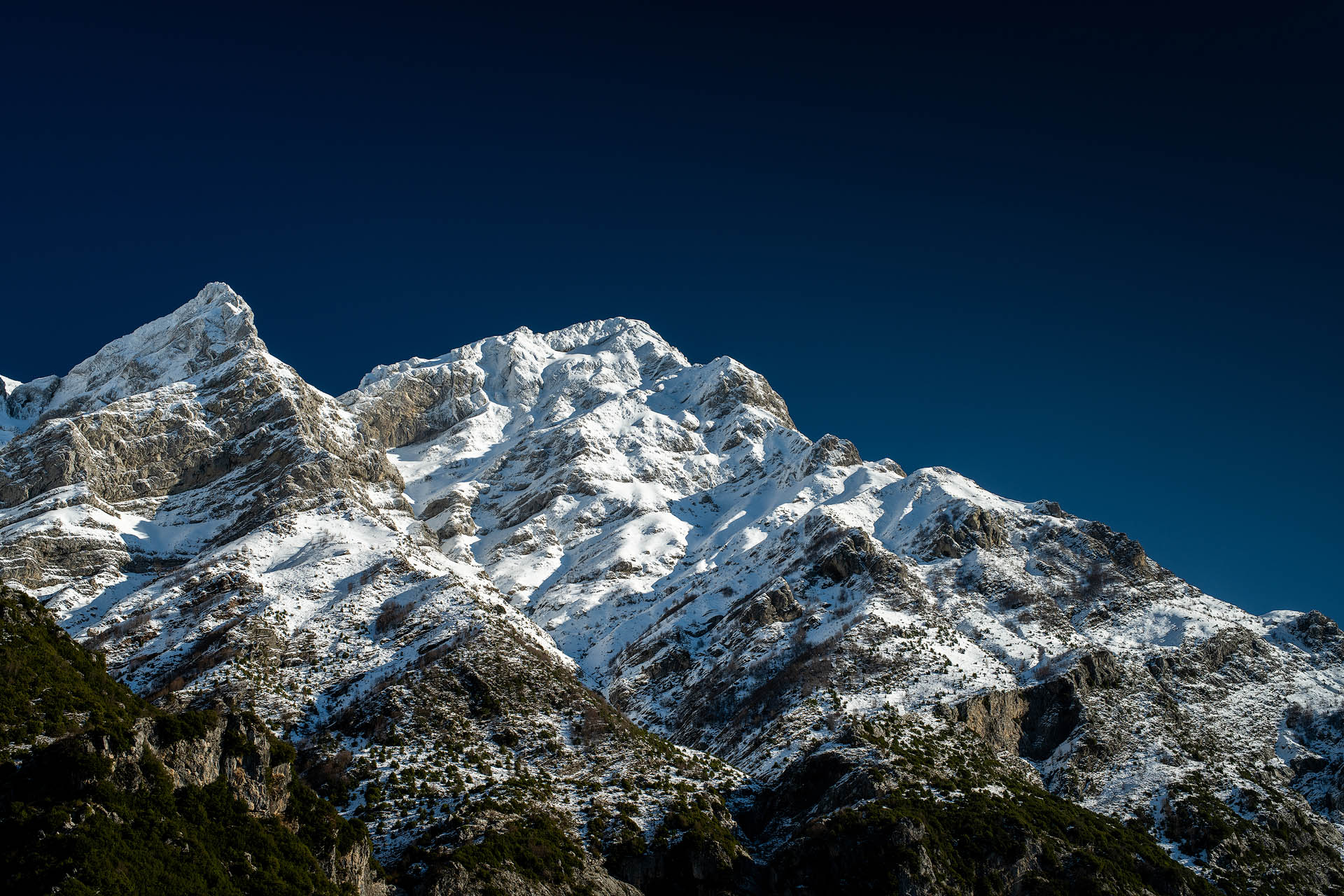
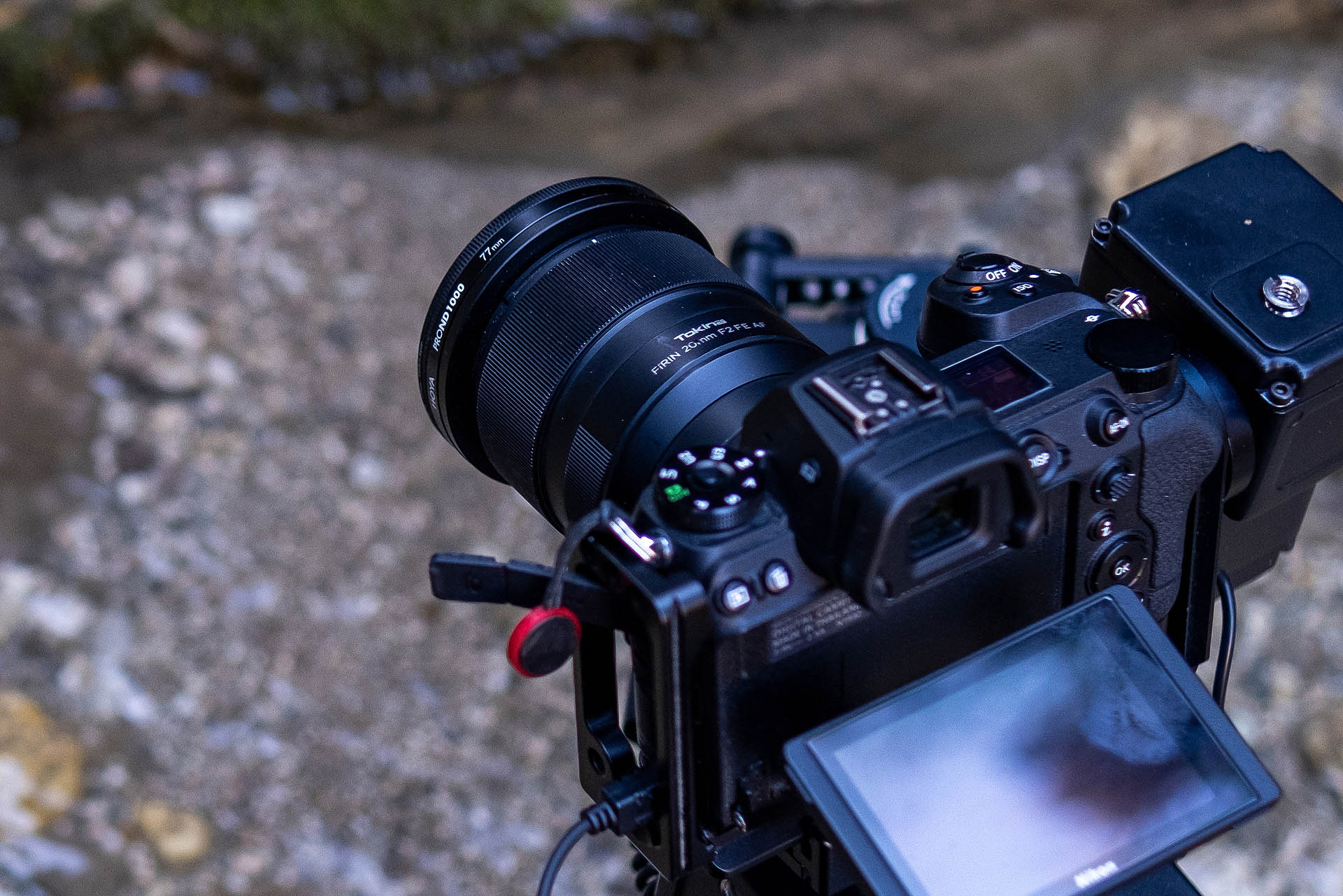
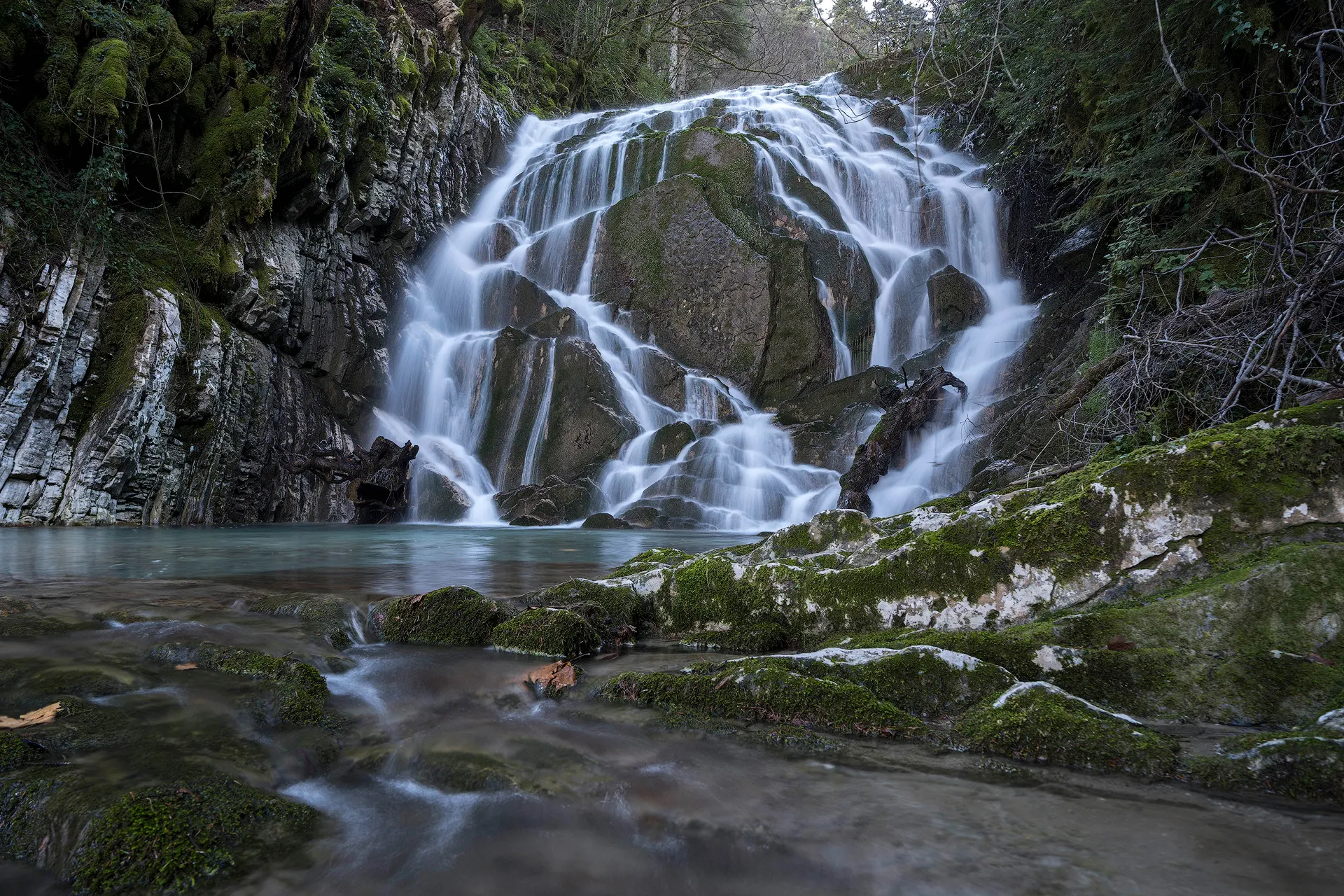
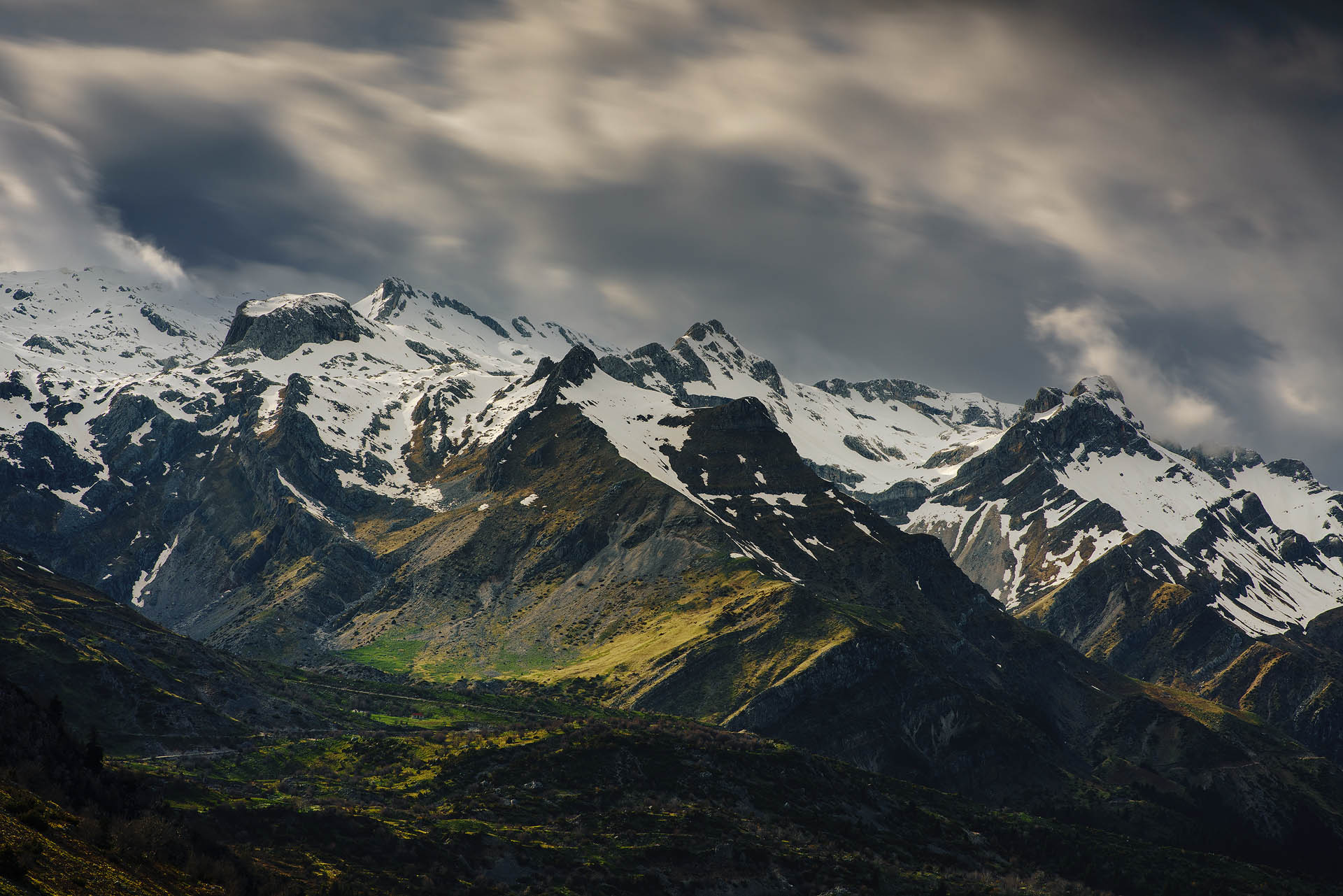
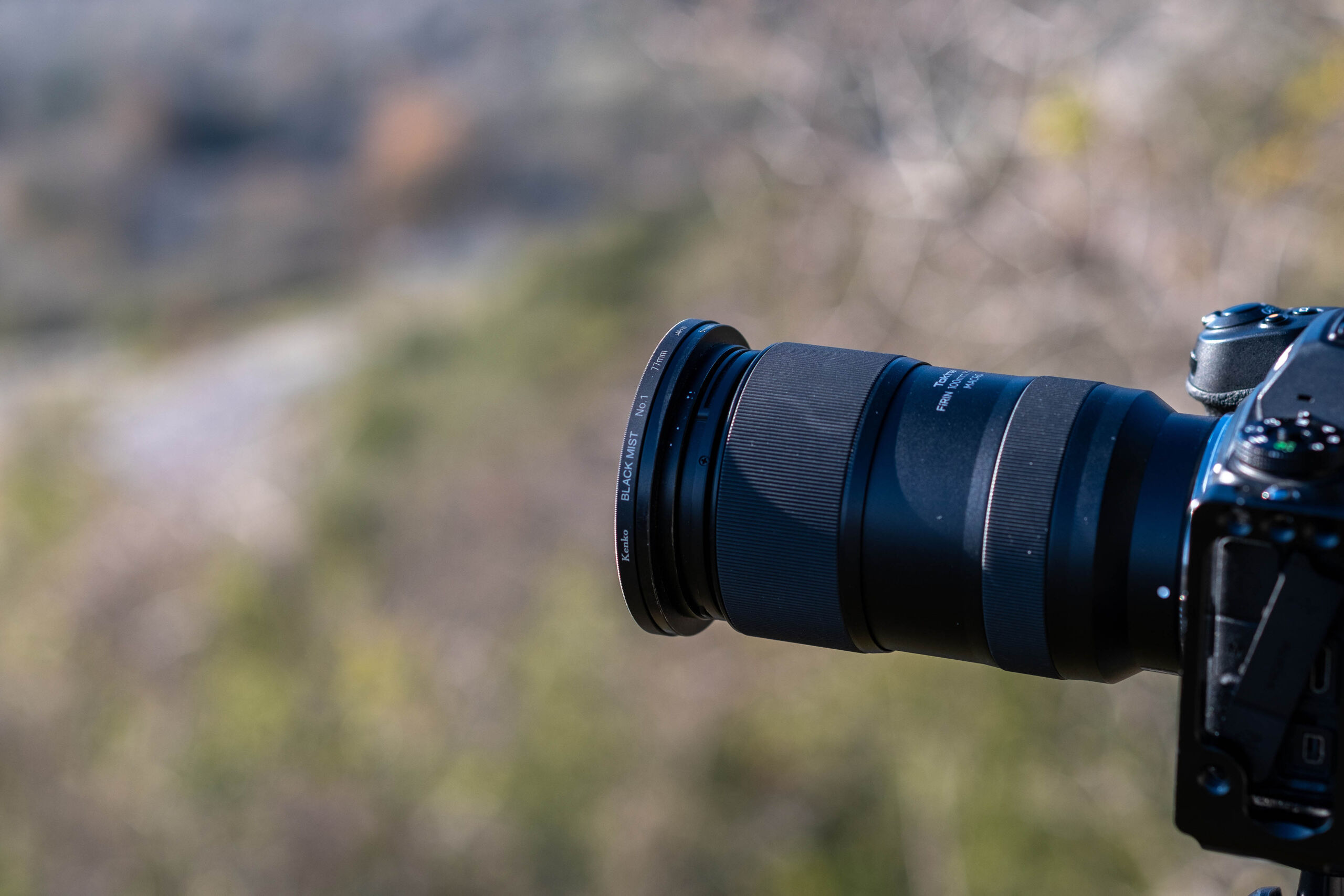
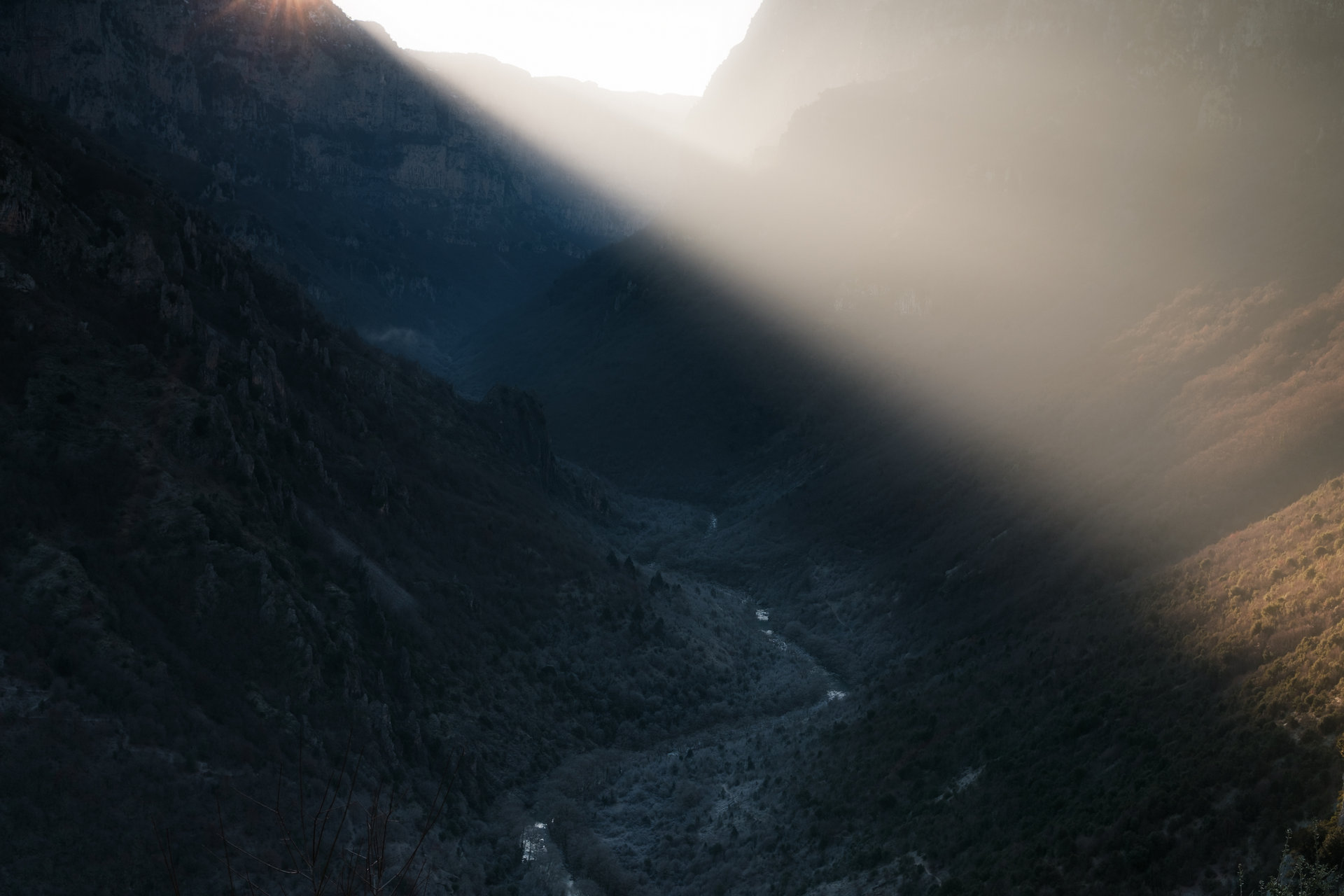
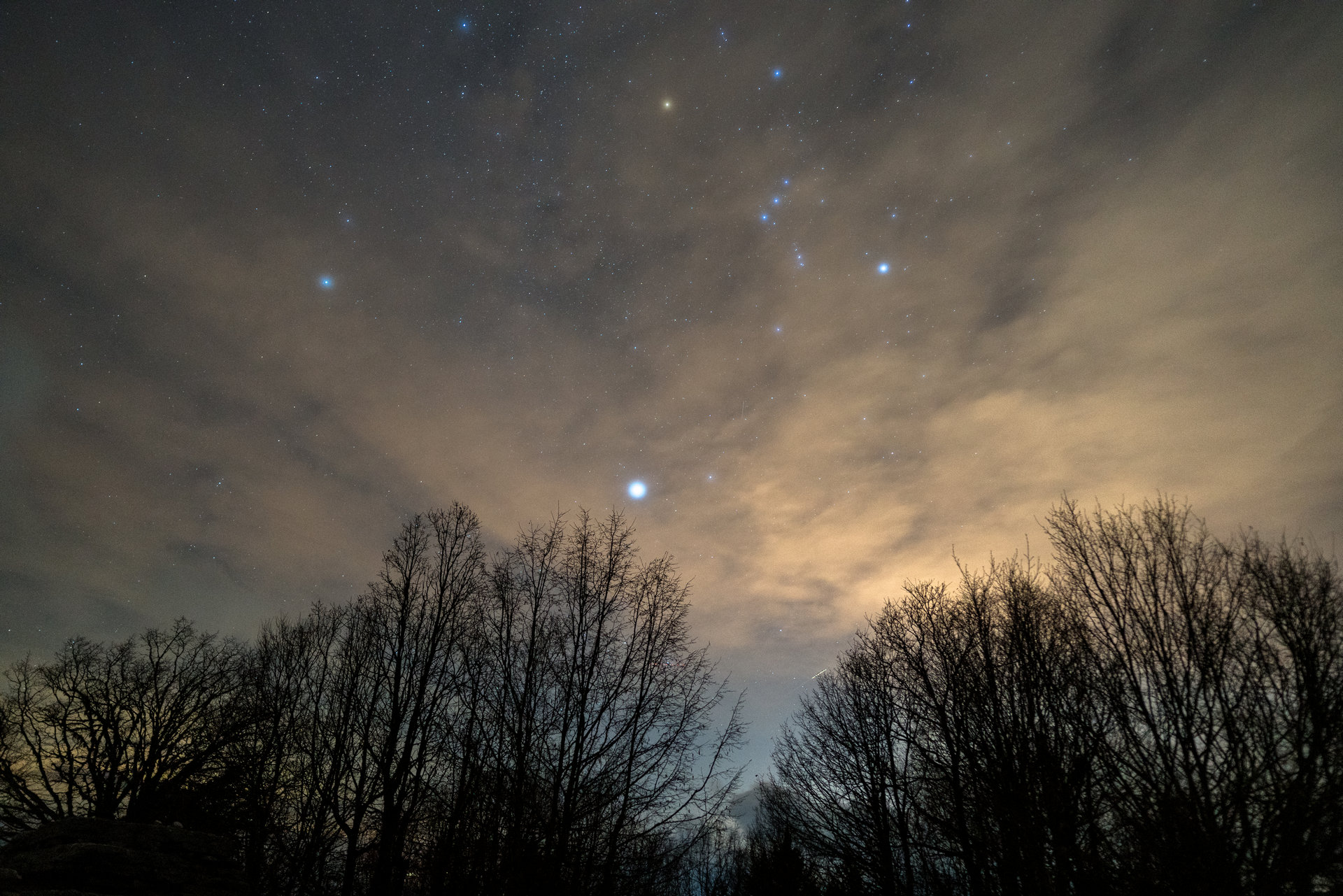

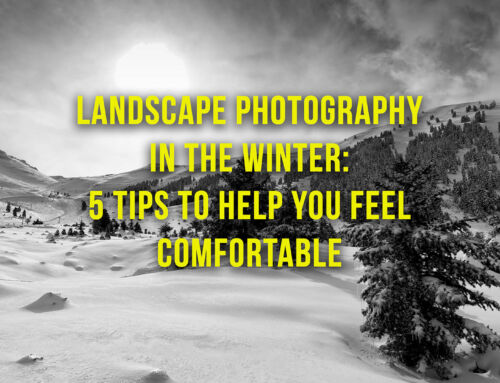
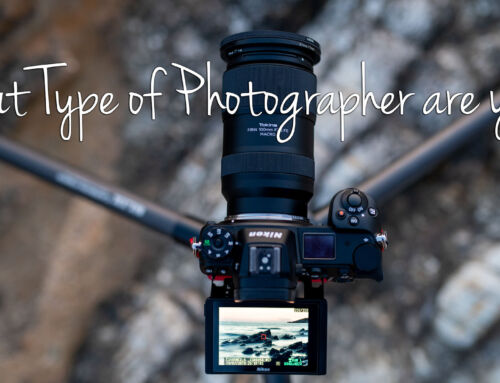
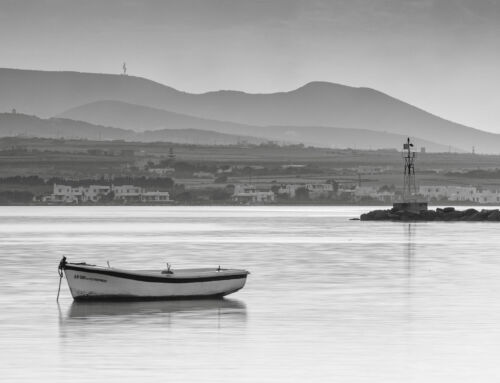

Leave A Comment